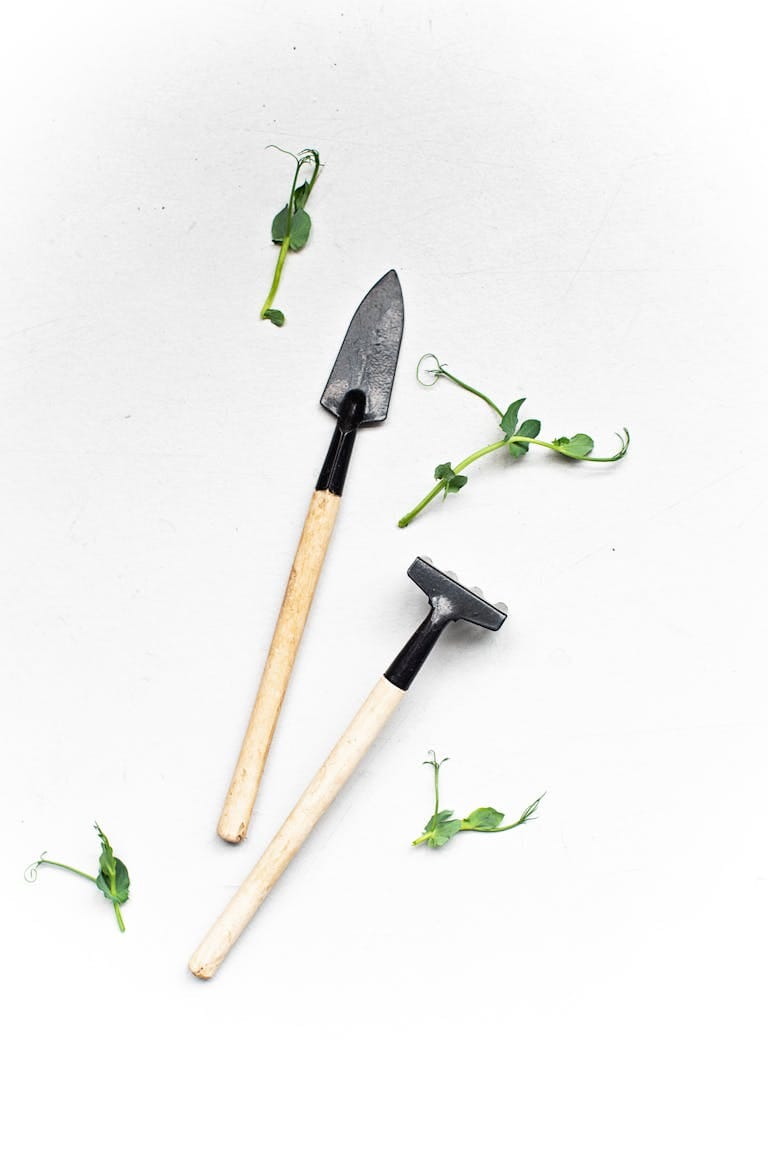Outdoor Yard Decoration Ideas

Outdoor Yard Decoration can transform your outdoor space into a colorful oasis, but it requires thoughtful planning and execution. By following these essential tips, you can set the foundation for a successful and flourishing garden that will be the envy of your neighborhood.
Assessing Your Yard
Before you start planting, take the time to assess your yard’s unique characteristics. Observe the amount of sunlight different areas receive throughout the day and identify any shady spots. Note the soil type and drainage patterns. This assessment will help you make informed decisions about plant selection and garden layout.
Choosing the Right Plants
Selecting the right plants is crucial for a thriving yard garden. Consider the climate and weather conditions in your area, as well as the specific needs of different plant species. Opt for native plants that are well-suited to your region, as they will require less maintenance and be more resilient against local pests and diseases.

Preparing the Soil
Healthy soil is the foundation of a successful garden. Test your soil’s pH levels and amend it with organic matter if necessary. Well-draining soil with a balanced pH will provide the nutrients necessary for plant growth and development.
Providing Adequate Sunlight
Most plants require an adequate amount of sunlight to thrive. When planning your garden layout, ensure that sun-loving plants receive direct sunlight for the recommended hours each day. Conversely, place shade-loving plants in areas with limited sun exposure.
Watering Wisely
Proper watering is essential to prevent both underwatering and overwatering. Deep and infrequent watering encourages plants to develop strong root systems. Consider using a drip irrigation system or a soaker hose to deliver water directly to the plant’s roots.
Mulching for Moisture Retention
Mulching around your plants helps retain moisture, regulate soil temperature, and suppress weed growth. Organic mulches like wood chips, straw, or compost can provide these benefits while also enriching the soil as they decompose.
Pruning and Trimming
Regular pruning and trimming are essential to maintain the shape and health of your plants. Remove dead or diseased branches to promote new growth and improve air circulation within the plant.
Controlling Pests and Diseases
Pests and diseases can quickly wreak havoc on your garden. Identify common garden pests in your area and implement preventive measures. Introduce natural predators like ladybugs or praying mantises to control certain pests. Additionally, practice good garden hygiene to reduce the risk of disease spread.
Composting for Sustainable Gardening
Composting is an eco-friendly way to recycle kitchen and garden waste while enriching your soil. Start a compost bin and add fruit and vegetable scraps, coffee grounds, eggshells, and yard clippings. Over time, you’ll have nutrient-rich compost to nourish your plants.
Fertilizing the Plants
While healthy soil provides essential nutrients, some plants may benefit from additional fertilization. Use organic fertilizers or create compost tea to give your plants a nutrient boost without harming beneficial soil organisms.






